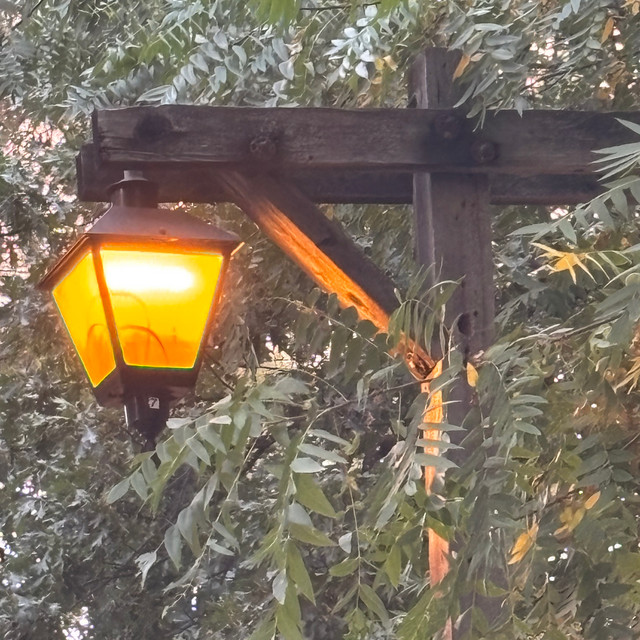Header image courtesy of Famitsu.
Pokemon is a global phenomenon, enjoying never-ending popularity ever since its debut in the 1990s. This acclaim extends across several mediums, with the Pokemon anime, video games, and trading card game all dominating their respective fields. However, Japan's Pokemon Local Acts initiative shows how the franchise's popularity can help people in the real world, too.
Pokemon Local Acts reaches back to 2011 and the Great Northeastern Japan Earthquake. In the disaster's aftermath, the Pokemon Company pitched in to help areas recover from the destruction, starting the Pokemon with You project which toured the country and ran various events to support and raise money for children affected by the disaster. This initiative slowly grew as the Pokemon Company teamed up with prefectures and cities to run other events to aid tourism and entertain the local citizens. In April 2018, these factors were all combined to create Pokemon Local Acts.
The Pokemon Local Acts project sees the Pokemon Company join forces with each prefecture in Japan. Each region is assigned an Ambassadorial Pokemon that has some thematic link to the area. For instance, Kagawa prefecture has a Slowpoke because Slowpoke's Japanese name, Yadon, sounds similar to Udon, the noodle Kagawa is famous for. Fukushima has a Chansey because it brings happiness, and Fuku translates to luck. Iwate has a Geodude -- literally a rock with arms -- because the prefecture name translates to rock-palm. Tottori, a region known for its sand dunes, is fittingly represented by a Sandshrew and Alolan Sandshrew.
Each prefecture works with the Pokemon Company to think about what makes the area unique and attractive to tourists, drawing from its history, culture and popular products. Then the Ambassadorial Pokemon are used as the face for special events that attract tourists and show them the best things the area has to offer. Pokemon Local Acts also hires local craftspeople and uses regional traditions to create unique Pokemon-themed products exclusive to that area. This includes everything from Slowpoke Udon noodles and pre-packaged curry udon kits for Kagawa to sand sculptures made from the Tottori sand dunes.
Another big part of Pokemon Local Acts is Poke Lids: specially-themed Utility Hole covers that feature many different Pokemon engaging in activities or posing in locations that draw attention to the area's specialties. These Poke Lids are also made into PokéStops on the popular Pokemon Go app, turning the lids into a unique walking tour that guides visitors around an area's most famous and culturally significant locations, all while giving them the chance to sample local goods. There are 193 Poke Lids scattered around Japan, and many areas are still waiting to get theirs, meaning there will be well over 200 before this part of the project concludes.
A crucial element to Pokemon Local Acts is creating events and products that appeal to tourists without being gimmicky and off-putting to those who live in the area, or in a way that has the Pokemon take away from the region's unique culture. However, this is avoided by research and close cooperation with the locals, and letting each prefecture take the lead so that its best elements are on display for the world to see.
Pokemon Local Acts shows how pop culture can be used as a force for good in the world. The project has helped attract many tourists to Japan while educating them about each region's history and culture. The immense respect the Pokemon Company has for each area it works with is a fantastic example for other countries, showing how media can help local economies in a way that aids both parties in a fair and just manner.
About The Author

